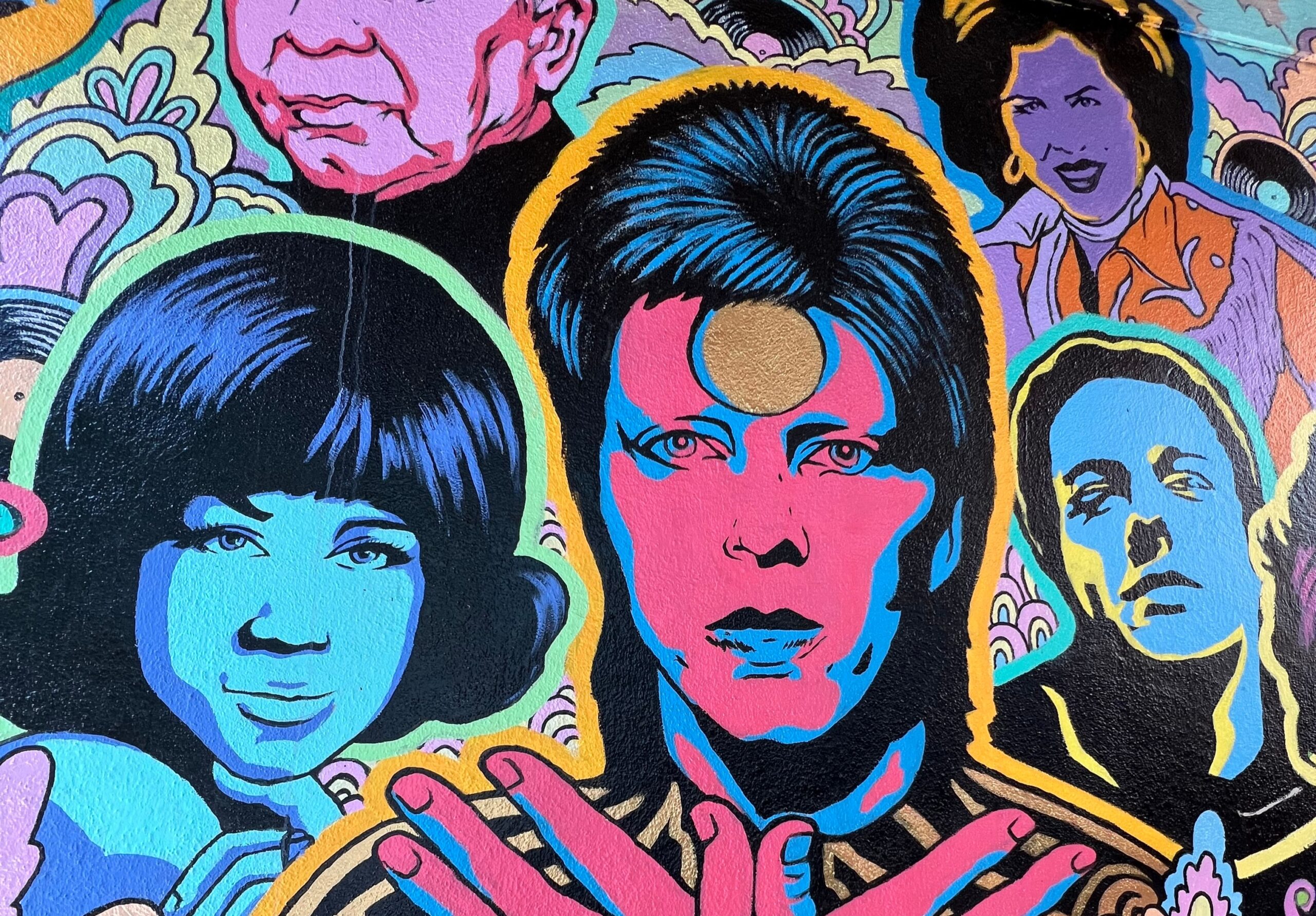Part 2: Folks Over 50, the Value of Nostalgia
“I’ll be the boy, in the corduroy pants,
You’ll be the girl, at the high school dance.”
~ Tom Petty
So let’s return to the question of why vinyl is having such an epic second act. Sure, it seems to be a medium rife with flaws. After all, you can only play it on one apparatus. It can’t be taken in the car, or on a walk. If you drop it, it is likely to be marred. If you leave it in the trunk of your car on a summer day while swimming at your girlfriend’s house, it’s likely to warp out of shape and become unplayable altogether. But perhaps that fragility of vinyl is part of the attraction. Unlike a CD, a record on vinyl is something you must take care of if you want it to last. And like any long-lasting friendship, your relationship with your LPs requires nurturing. Consider the careful extraction from the dust jacket, the occasional cleaning with a “special solution,” which could be angel tears or perhaps just watered down isopropyl alcohol. There is the critical decision of how to best organize one’s collection: Alphabetical? Chronological? Autobiographical? There is a relationship between people and LPs that just doesn’t exist with CDs or digital files. You have to be present to listen to vinyl. You can’t ask Alexa to turn Rumours over after “Songbird” finishes. You have to clean the stylus by hand, and there is a real satisfaction in being able to drop that needle perfectly between songs. Then, as the stylus cruises down the canyon of the LP’s groove, the speakers breathe in and out as they give life to the music cut into the disc.
Over time people get to know the personalities of their LPs. My copy of Tower of Power’s East Bay Grease is quite different from the one my brother owns. The pops, hisses, and occasional skips that mark an LP’s individuality become well-worn in the listener’s memory. These so-called flaws are vinyl’s version of the eccentric tics and bothersome mannerisms of old friends. They can be annoying, but you’d miss them if they were suddenly removed. In The Doobie Brothers’ “Song To See You Through,” on side one of What Were Once Vices are Now Habits, I had become quite accustomed to the skip in the middle of Tom Johnston’s first line. To this day when I hear that song, I am thrown by the absence of that skip, which I left behind with my original copy back in San Jose.
But it’s not just the LP’s discs themselves that we develop a relationship with. As I was reminded so readily when I began to buy vinyl again, the art associated with LPs is also vitally important in explaining their nostalgic appeal. Looking through an LP collection is a great deal like looking through a family photo album. Aerosmith’s Hot Rocks: drinking beer in my cousin Carrie’s bedroom in Salt Lake City as a young teenager. Joni Mitchell’s Court and Spark: spending weekends at my brother’s apartment when I was a kid. Pink Floyd’s Atom Heart Mother: looking at the stars through my cousin Don’s telescope in San Jose. Robin Trower’s Bridge of Sighs: getting stoned and blowing the smoke out the window while standing on the toilet in the closet bathroom in the backroom of my parents’ house.
And it’s not just front cover art that is so important to the allure of LP packaging. On the back of many albums produced in the 60s and 70s you might find a short essay or series of notes discussing the songs, the artist, and the social circumstances surrounding the recording. See Art Garfunkel’s letter to Paul Simon on the back of Wednesday Morning 3AM. As in that case, you could often simply flip over the album cover to see the liner notes, which meant you could read them while browsing in the store. You could absorb vast amounts of music knowledge just by spending a little time shopping. Conversely, many early reissues of older LP’s in CD format had none of the original liner notes at all. If you were lucky, there might be a single folded piece of flimsy, glossy paper with a shitty reproduction of the original cover. Inside there would be a bare-bones track listing on one side and on the other an arctic white landscape of nothingness.
So it is not surprising that early in the 21st century, those of us obsessed with the music of our youth find ourselves joyfully riding the crest of a North Shore swell of nostalgia for records on vinyl: their shiny black discs, unique labels, and the marvelous art of their covers. I have always thought of nostalgia with a touch of derision. People often talk about the “good old days” before things like seat belts and electric can openers. At first, I thought I would need to come up with some seemingly more relevant reasons to explain the resurgence of vinyl, but as I talked to older people in records stores and thought more honestly about my own feelings, I concluded that nostalgia is a perfectly acceptable justification for wanting to re-engage with these objects that reflect our lives back to us through songs and pictures and the engaging process required to play them.
–

